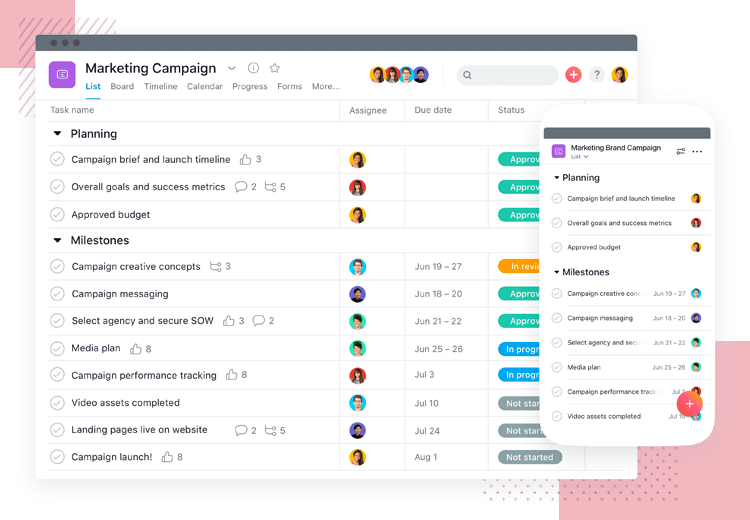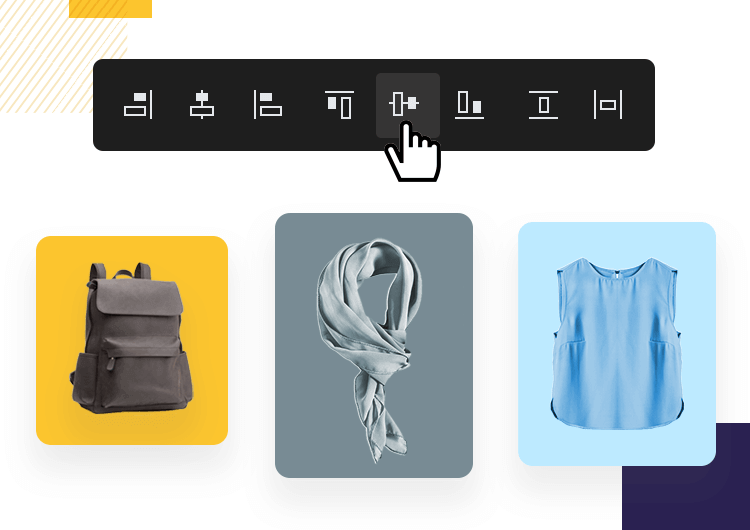

There are various business- and design-related benefits of prototyping an app before the design and development process starts: It helps to create a product adjusted to users’ needs and achieve it in a more efficient timeframe. A high-fidelity prototype presents the entirety of the design in one deliverable. High-fidelity prototypes – these prototypes require more initial effort and represent the highest quality, but with the use of prototyping tools like Figma or JustInMind, they can be created by a non-designer.Low-fidelity prototypes can be expressed also by paper prototypes described above. They can be created in simple tools like PowerPoint or Keynote, or in advanced digital prototyping apps. Low-fidelity prototypes – these prototypes are often presented in a form of clickable wireframes linked to each other.

What’s crucial, paper prototypes are not the same as sketches, since there needs to be a flow between all the screens which is explained by an assigned person. Plus, paper prototypes can later serve as documentation.

Mobile app development often starts with paper prototyping which is followed by building clickable prototypes.


 0 kommentar(er)
0 kommentar(er)
